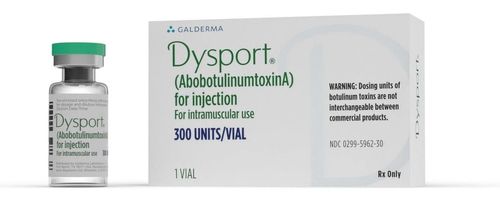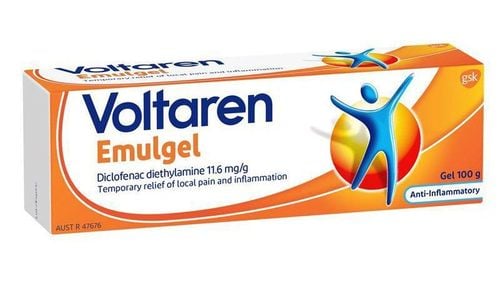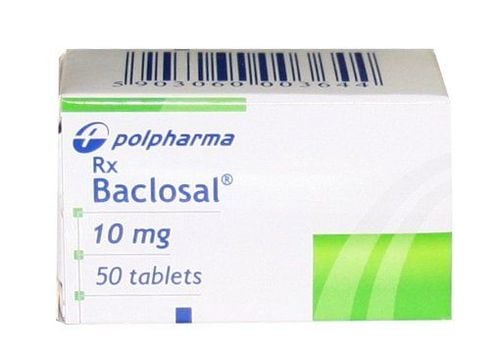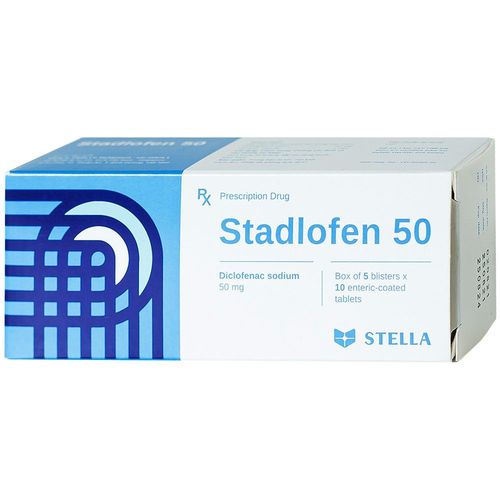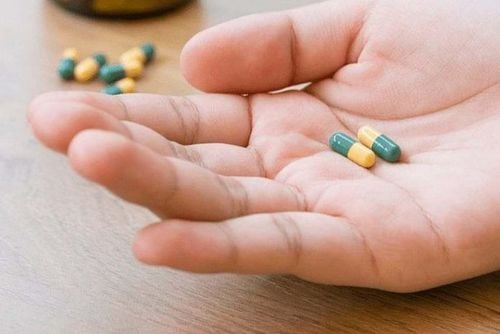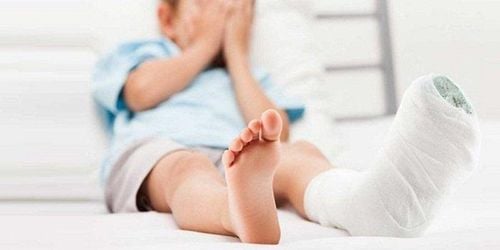This is an automatically translated article.
Article written by Dr. Tran Thanh Tinh - Rehabilitation Doctor - Department of Rehabilitation - Vinmec Times City International General Hospital.
1. What is soft tissue injury?
Soft tissue injury is an injury to soft tissues such as skin, tendons, muscles, ligaments, and joint capsule.
Symptoms when soft tissue is damaged: Bleeding, pain, edema, reduction or loss of motor function of the limb.
Proper treatment as soon as possible will reduce symptoms as quickly, help damage recover early, minimize sequelae.
2. Common soft tissue injuries
Sprain This is a condition where the ligament is stretched too much due to too much exercise. Occurs due to minor trauma or repeated minor trauma.
Tear, rupture of tendons, muscles, ligaments Tendons, muscles, ligaments tear, rupture occurs after strong trauma of soft tissue.
Dislocation, subdislocation A subdislocation is a partial or incomplete dislocation that usually occurs secondary to trauma around the soft tissue.
Dislocation of a part of bone in a joint leads to soft tissue damage, inflammation, pain, and muscle spasms.
Tendonitis Bursitis is inflammation of the bursa that covers the tendon, also known as the tendon sheath. Tendonitis is scarring or deposition of calcium in the tendon.
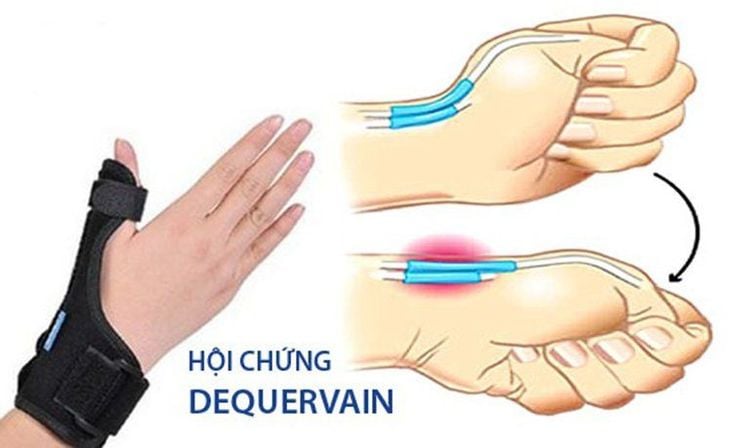
3. Rehabilitation of soft tissue damage
3.1. Acute phase (0 – 4 days)
RICE program:
R – Rest: Rest. I – Ice: Cold compress: 20-30 minutes each time, every 2-3 hours. C – Compression: Compression bandage. E - Elevation: Elevate the limb. Mobility:
Gently move the joint in a position that does not hurt the joint. Passive movement within pain limits. Exercise the joints above and below the injured area. Use the assistive or adaptive device necessary to protect the injured limb while performing functional activities.
Aspiration or surgery if there is blood in the joint.
Note: Avoid stretching and resistance exercises during this period.
3.2. Subacute phase (Day 4 to day 21)
Increase exercise, monitor the software's response to exercise progression, reduce swelling intensity if inflammation increases. Gradually increase from passive to active with assistance to active range of motion within the limits of joint pain, controlling intensity and duration of exercise. Gradually increase scar mobility. Maneuver neighboring structures. Increase isotonic contraction exercises within the patient's tolerance, starting with caution with gentle resistance exercises. Do exercises that gradually increase muscle strength, depending on the capacity and impact of the initial injury. Gradually reduce the help of assistive devices as muscle strength improves. Note: Some discomfort will appear when gradually increasing the intensity of the exercise but it will not last more than a few hours. Signs of overuse or overactivity are pain at rest, fatigue, weakness, or spasticity.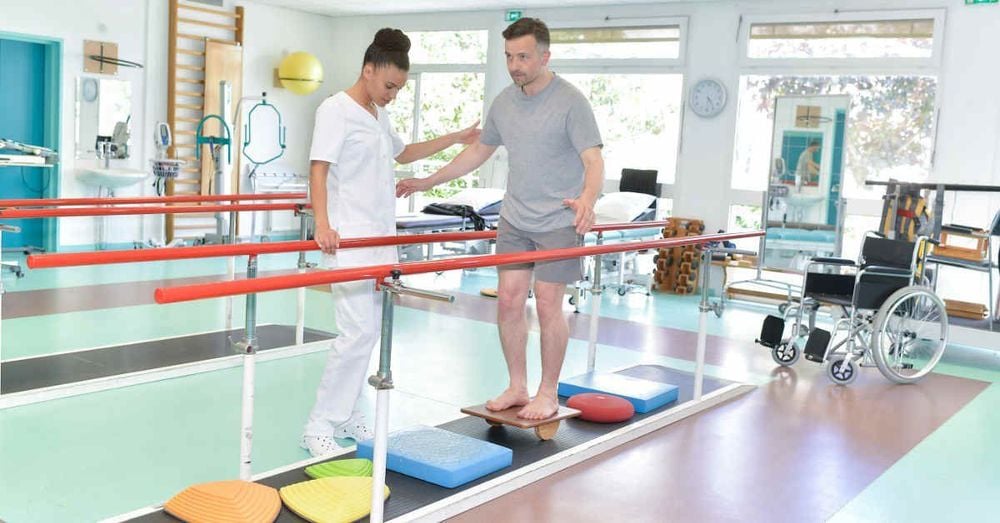
3.3. Chronic phase (From day 21 to rehabilitation phase)
Stretches contracted muscle areas, restricting movementSelect specific stretching techniques of contracted tissues: Software organization: Passive stretching and massage.
Joints, capsule and some ligaments: Joint mobility.
Ligaments, tendons and soft tissue adhesions: Massage across the tendon or ligament.
If range of motion is limited: Exercise isometric. If range of motion is normal: Exercise with resistance range of motion. Continued use of assistive devices until functional range of motion with good joint slip and when the results of the supporting muscle strength tests are in the good grade (level 4). Increase functional exercise in moving, climbing stairs, or other adaptive activities. Continue strengthening exercises and directed activities until muscles are strong enough to perform an individual's functional activities. Note: At this stage, there are no signs of inflammation. Some discomfort will occur as activity level increases but does not last 2 hours. Signs that activities are done too quickly or with great effort are swollen joints, pain lasting more than 4 hours or needing pain relievers, rapid fatigue.
Other therapies:
Pain relievers for the acute phase. Medicine to reduce edema. Muscle relaxants. Using physical methods to reduce pain, reduce edema: Short wave, ultrasound, pulsed electricity, magnetic field, low power laser. Here are some common soft tissue injuries and their treatments. Hopefully readers can better understand this type of injury and know how to handle when encountering the above conditions. Please follow the website: Vinmec.com regularly to update many other useful information.
Please dial HOTLINE for more information or register for an appointment HERE. Download MyVinmec app to make appointments faster and to manage your bookings easily.





